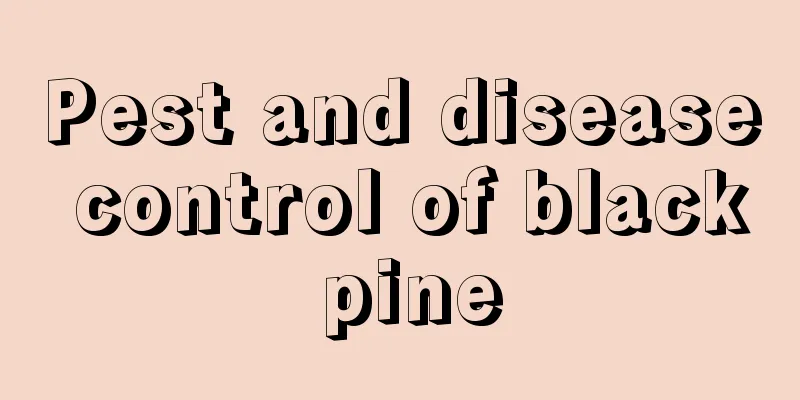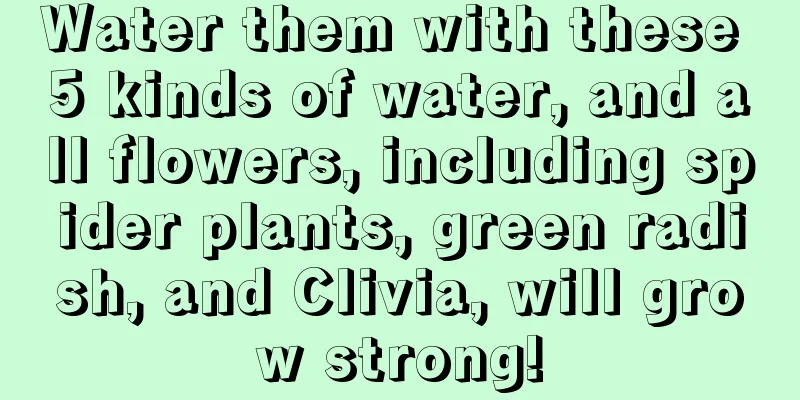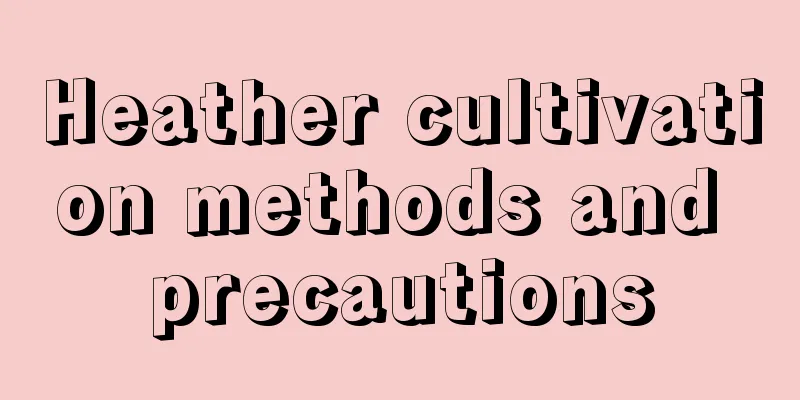Pest and disease control of black pine

DiseasesDisease TypeThe main disease that may occur in this type of pine tree is dieback, which is a parasitic pathogen with relatively weak parasitic ability. They basically lurk inside the tree, and in fact, if the rainfall is normal, the bacteria will not harm the tree. However, if there is too much rain, too little rain, or the weather is too cold, the health of the tree itself will decline. Only at this time can this pathogen harm the black pine. But don't underestimate this disease, as it can kill the entire tree in severe cases. Disease controlTherefore, it is very important to prevent and treat this disease. First of all, we need to strengthen management and provide sufficient fertilizer. Fertilization can be done around the tree. But you must also keep a certain distance from the tree trunk, about one meter. If there are seriously diseased trees nearby, you must act decisively and remove them immediately. For trees that are not seriously infected, you can choose to remove their infected dead branches and leaves, as well as the surrounding grass. And they cannot be left randomly, but those diseased branches must be destroyed in a centralized manner. In addition, there are branches that grow too densely, which will block the sunlight that the branches can reach. In this case, the densely grown branches should be selected and the weak ones should be removed directly. PestsPest typesThis tree is susceptible to many pests, such as pine tip borer, pine caterpillar, etc. Among them, the pine tip borer usually emerges around 11 a.m. If it appears on young plants, it may directly lead to the death of the young plants. Pest ControlYou should observe more often and take immediate action if you find any pests. Because even early discovery can reduce wounds and avoid the occurrence of diseases. The best time to control is when the overwintering adults appear, and a certain dose of cypermethrin emulsifiable concentrate can be used. If you don't want to use chemicals, you can also use other methods to lure and kill them. |
<<: Disease prevention and control of fire flower
>>: Diseases and Pests of Cymbidium and Their Control
Recommend
How to cultivate Anthurium
Anthurium growth conditions Anthurium needs suffi...
Planting and precautions for pansy
1. Planting time If you want to plant pansies, it...
How to grow Hoya (four seasons care), tips for quick flowering
1. Breeding 1. First of all, a good culture mediu...
When and how to plant Chinese cabbage moss
Planting time of cabbage moss Cabbage sprouts are...
How to grow and what to pay attention to when growing King Protea? Is King Protea suitable for home cultivation?
The King Protea is an ornamental flower plant tha...
Is kiwi fruit hot or cold in nature? How many is best to eat a day?
1. Cool or hot Kiwi fruit is cool in nature and i...
How often should I water Clivia in summer?
Frequency of watering Clivia in summer Clivia is ...
How to reproduce the tuberose flower
Leaf cutting propagation This method requires bre...
Asparagus fern, the best in Feng Shui home decoration
Placing asparagus fern in front of the door is go...
What are the cultivation methods and precautions of peacock arrowroot
Peacock arrowroot cultivation method Peacock arro...
Goldfinger Pests and Control Methods
Goldfinger Pests: Scale Insects Symptoms of harm ...
How to water the branches of the almond
Watering the branches of the apricot tree in summ...
Do you need supplementary lighting to grow succulents indoors? (Under what circumstances do succulents at home need supplementary lighting)
It's rainy and cloudy, do the succulents at h...
The difference between Lantana camara and Lantana camara
1. Difference in appearance Lantana camara is a s...
The value of passion fruit
The ornamental value of passion fruit Passionflow...









